Command Palette
Search for a command to run...
David Baker's team at the University of Washington recently used advanced generative models to conduct synthetic OLG design research and verify its feasibility from an engineering perspective.
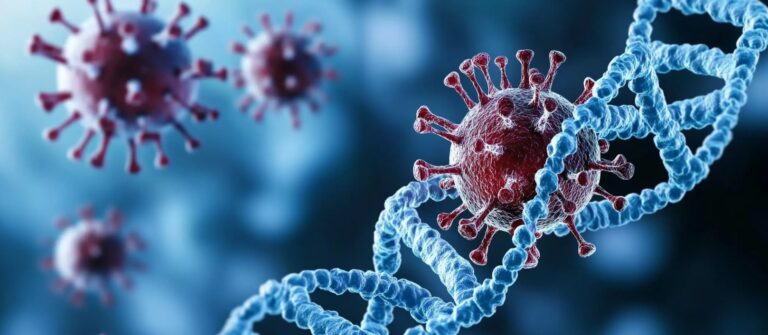
Researchers from the Russian Academy of Sciences have developed a machine learning-based search engine, MEDUSA Search, that can analyze terabyte-scale high-resolution mass spectrometry data to help discover unknown chemical reactions!
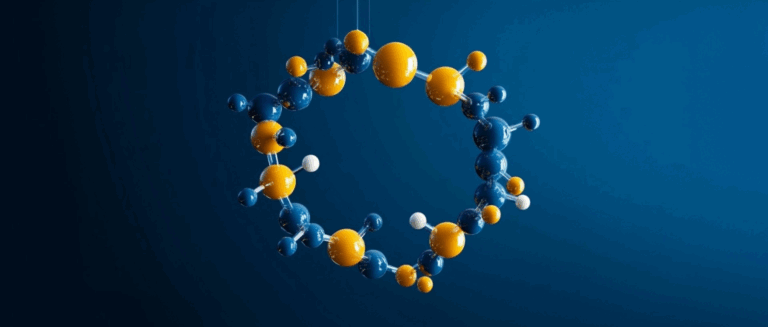
Achieve segmentation and generalization capabilities that are superior to existing advanced models in zero-shot, one-shot, and few-shot scenarios.
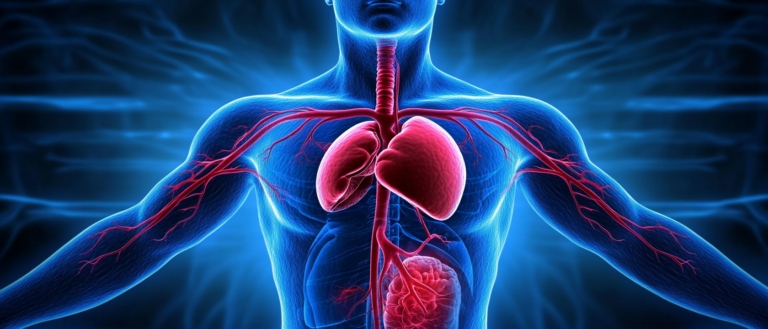
The team proposed an innovative framework to reveal the unique "two-step" ion migration mechanism in hydride SSEs

The HIT team proposed a hierarchical distillation multi-instance learning framework HDMIL, which can significantly reduce the inference time

The team led by Zhou Hao from Tsinghua University AIR proposed ProfileBFN (Profile Bayesian Flow Network), which achieves efficient protein family design
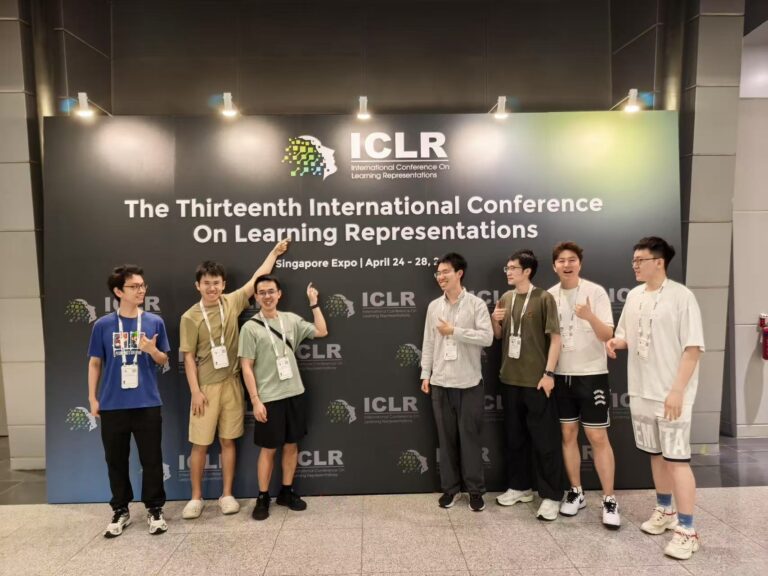
IBM Research and others jointly launch EarthDial to provide strong support for earth observation data

A team from Waseda University in Japan used machine learning technology to perform molecular design and experimental optimization of light-driven crystals to successfully maximize the blocking force

MindGlide is expected to further improve the ability of medical staff to interpret and evaluate the effectiveness of treatment for MS patients

This method uses a one-class support vector machine (one-class SVM) to analyze the characteristic differences between niacinamide and niacin in UV spectra.
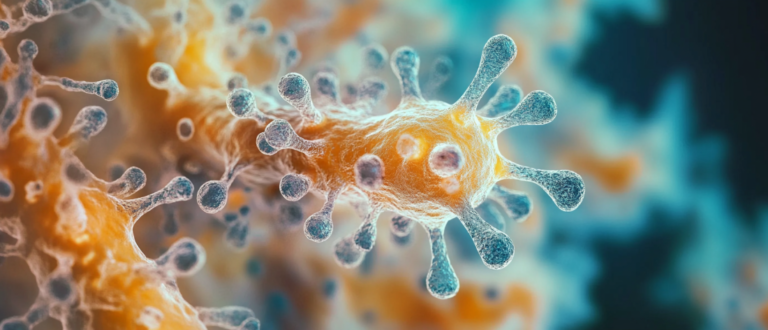
The DRAKES algorithm implements for the first time differentiable reward backpropagation for fully generated trajectories in a discrete diffusion model.
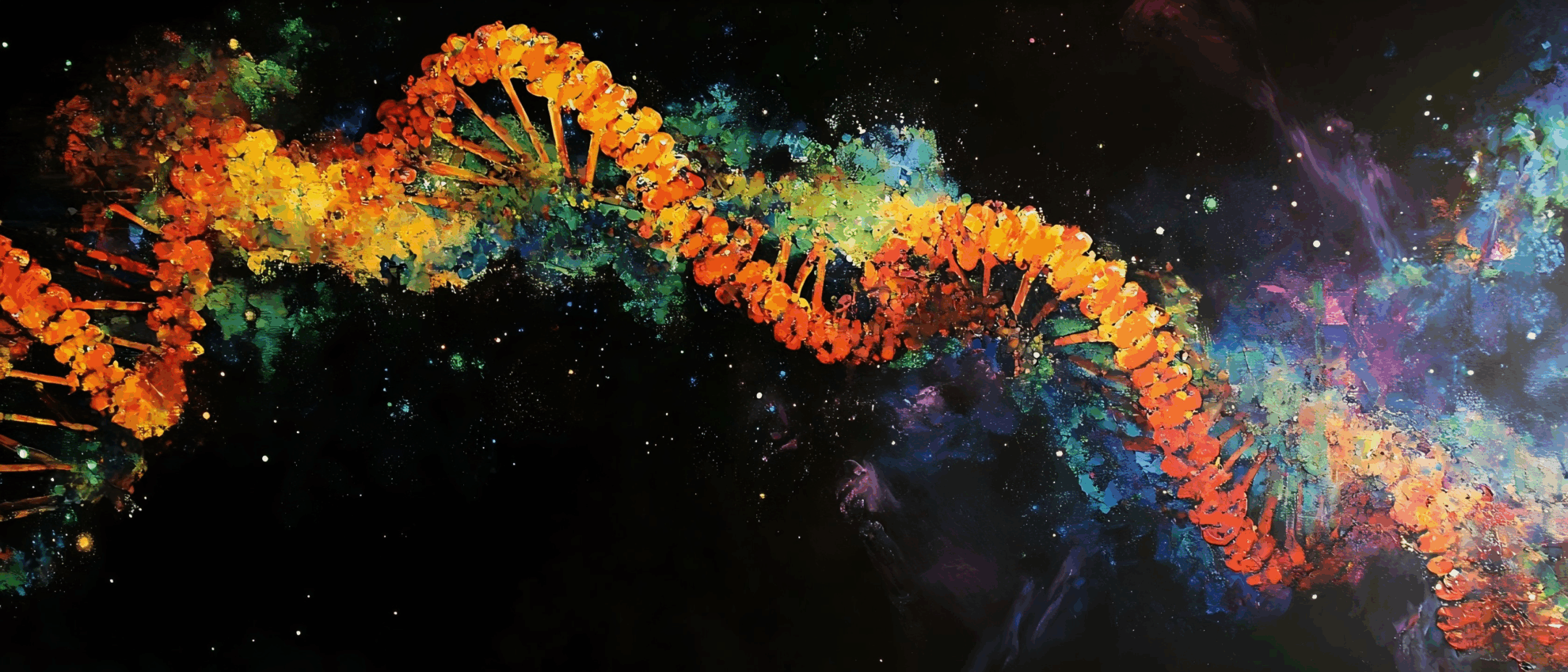
M2OST is a many-to-one regression Transformer model designed to jointly predict gene expression using different levels of pathological images.

HyperAI has compiled multiple material science data sets and one-click deployment tutorials, covering key areas such as quantum materials, inorganic materials, and crystal structures.
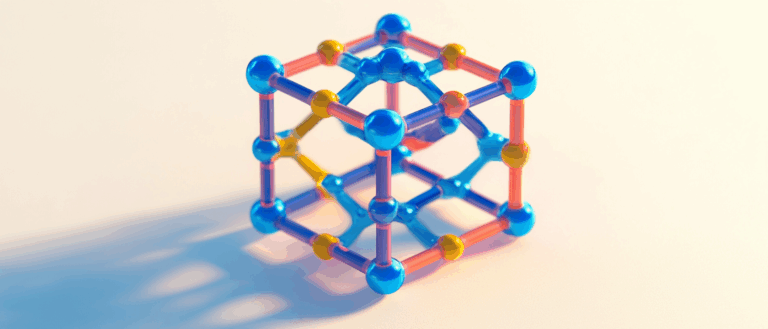
The protein engineering design platform VenusFactory achieves one-stop optimization of data retrieval/model training/benchmark evaluation, lowering the threshold for AI4S applications.
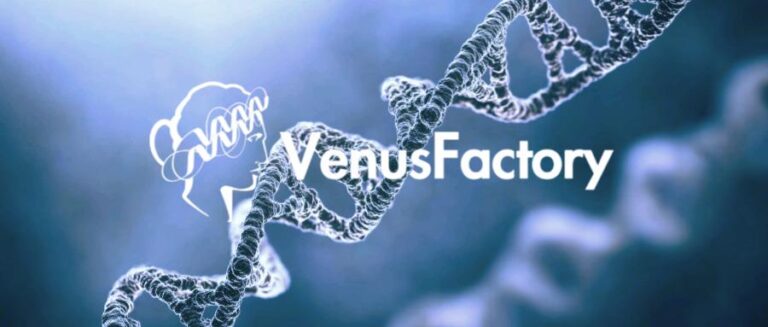
Professor Luo Xiaozhou from the Shenzhen Institute of Advanced Technology of the Chinese Academy of Sciences shared the innovative application and practice of AI in the field of enzyme engineering
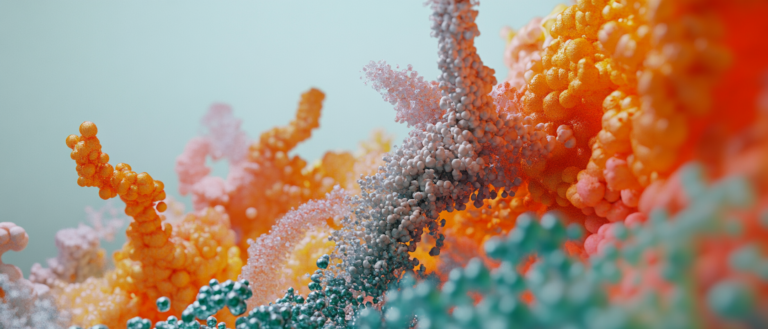
Phaseshift Technologies builds next-generation alloys and composites, with AI at the heart of the effort

The Shanghai Artificial Intelligence Laboratory and several well-known universities jointly proposed the MaMI (Modality-adaptive Medical Identifier) model with excellent performance
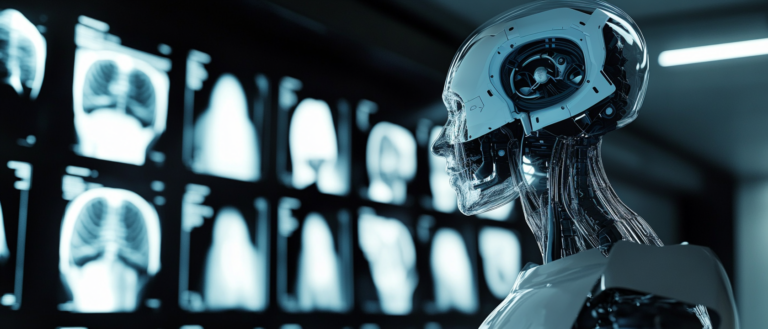
The University of Cambridge, together with other universities and research centers, launched the Aardvark Weather forecasting system, providing a new path for the development of future weather forecasting technology

The US NIH issued a document prohibiting Chinese users from accessing the SEER database, and the construction of domestic databases was accelerated

Dr. Yuan Fajie from Westlake University shared the latest research progress and team research results of protein language model at the "AI Protein Design Summit"

A team from the University of Tokyo in Japan developed the STAIG deep learning framework, which can integrate gene expression, spatial data, and histological images without alignment.
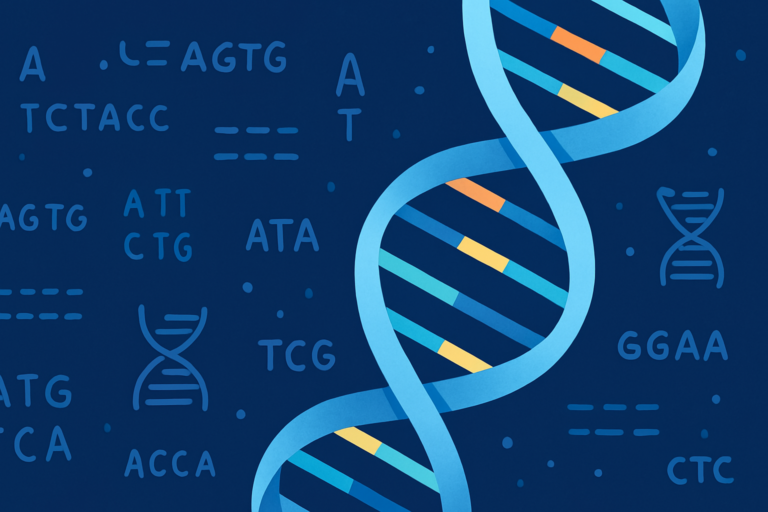
The Multi-Agent Dialogue (MAC) framework based on GPT-3.5 and GPT-4 significantly improves the diagnostic capabilities of LLMs and is expected to become an important auxiliary tool for doctors
